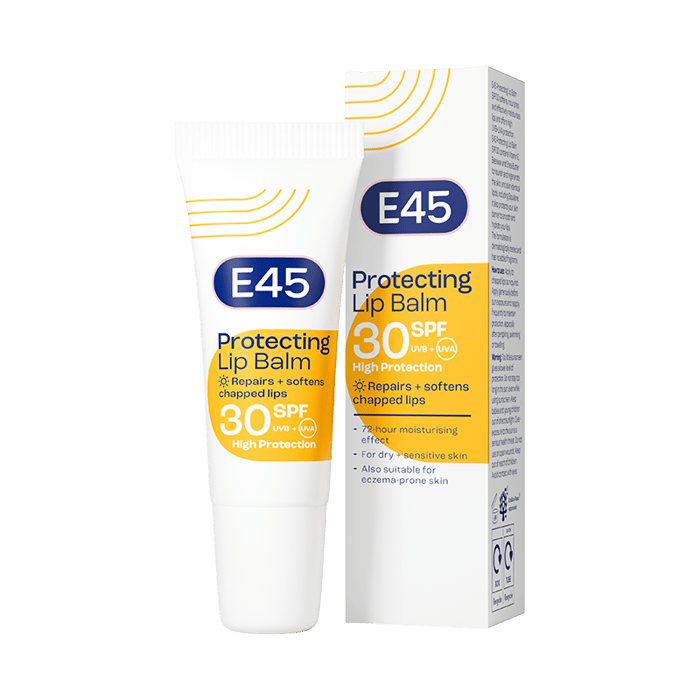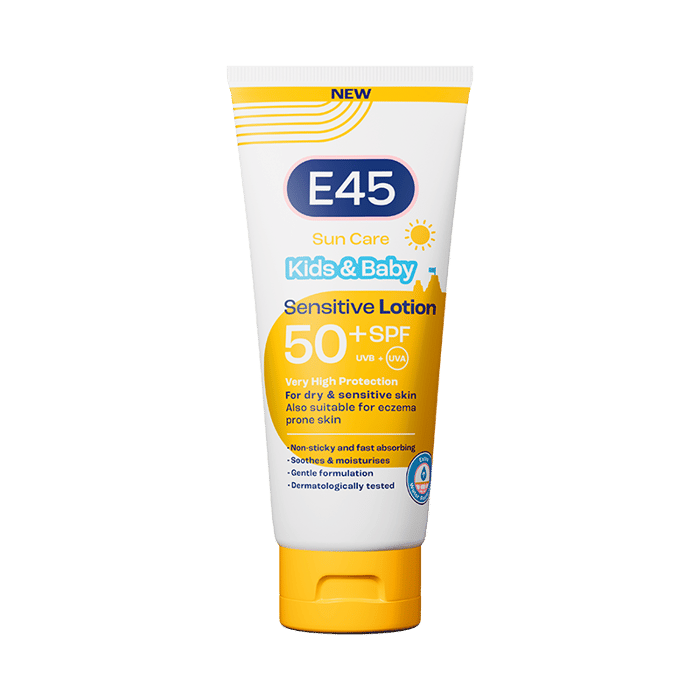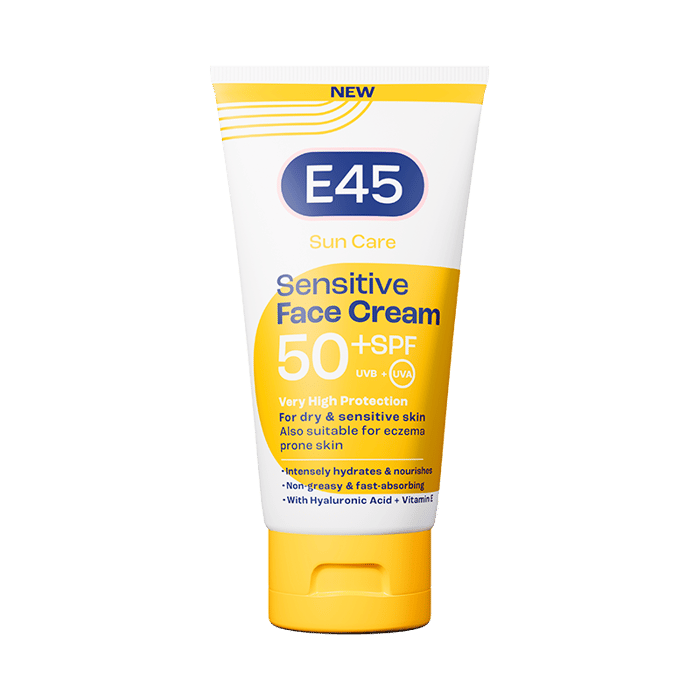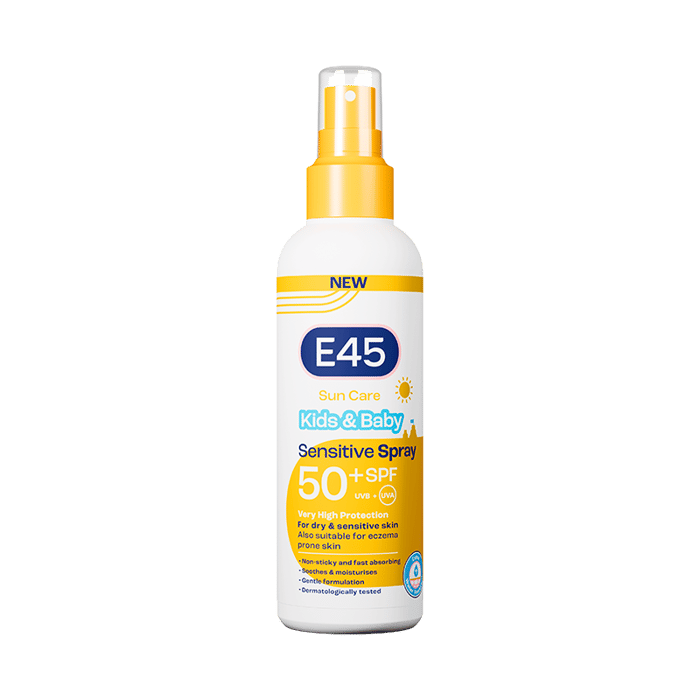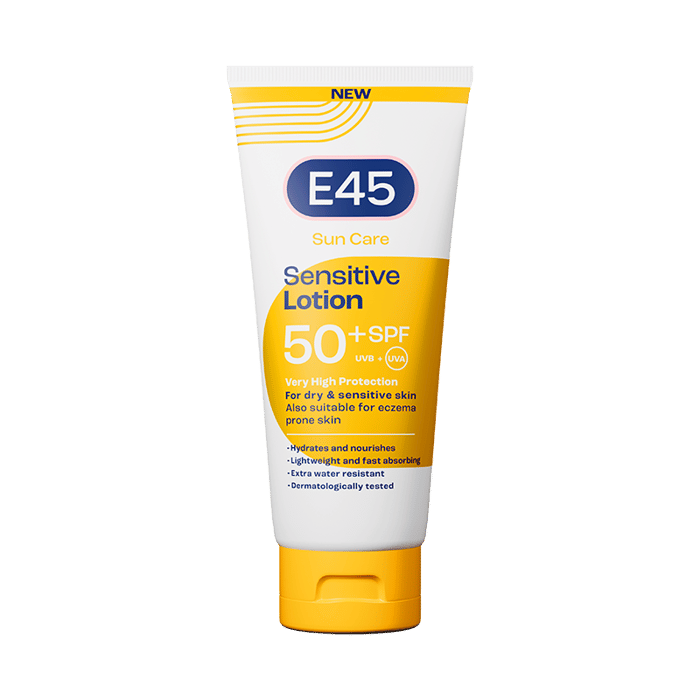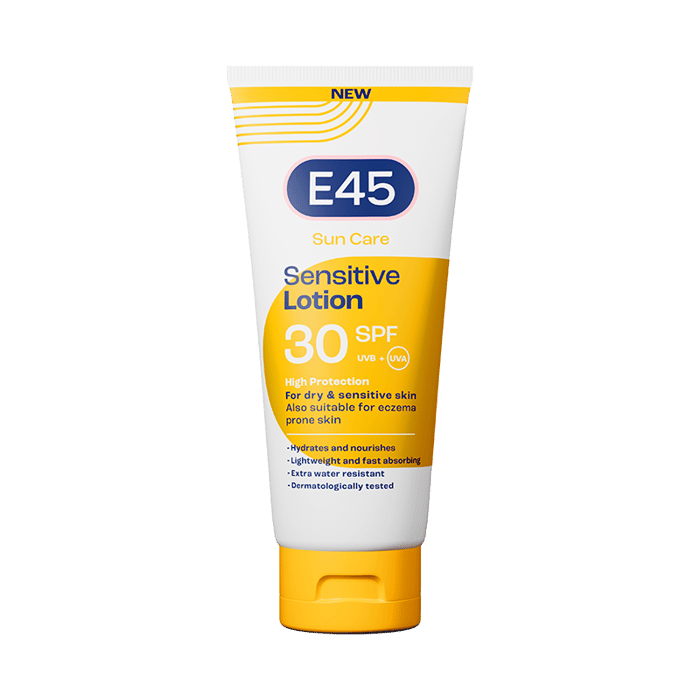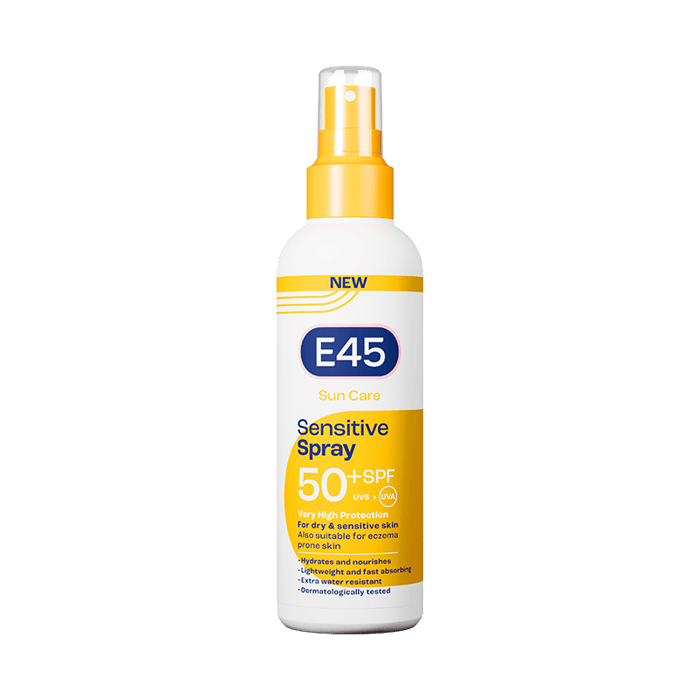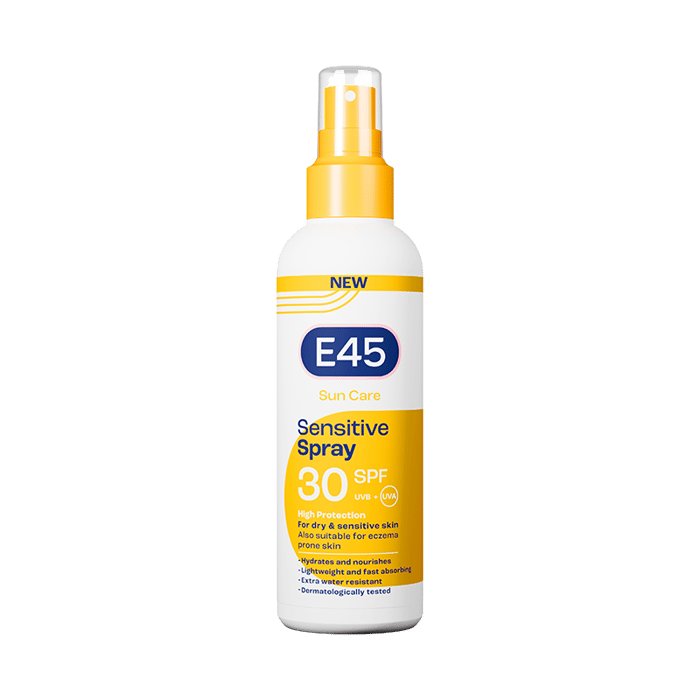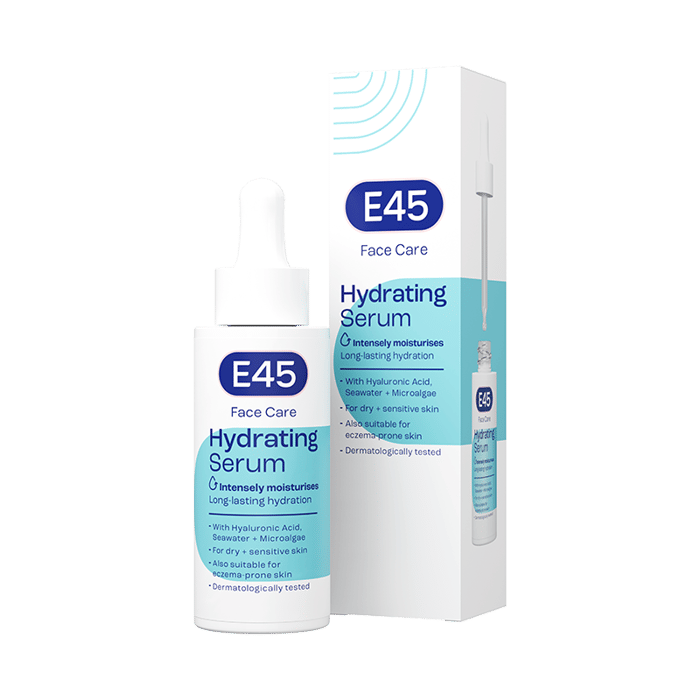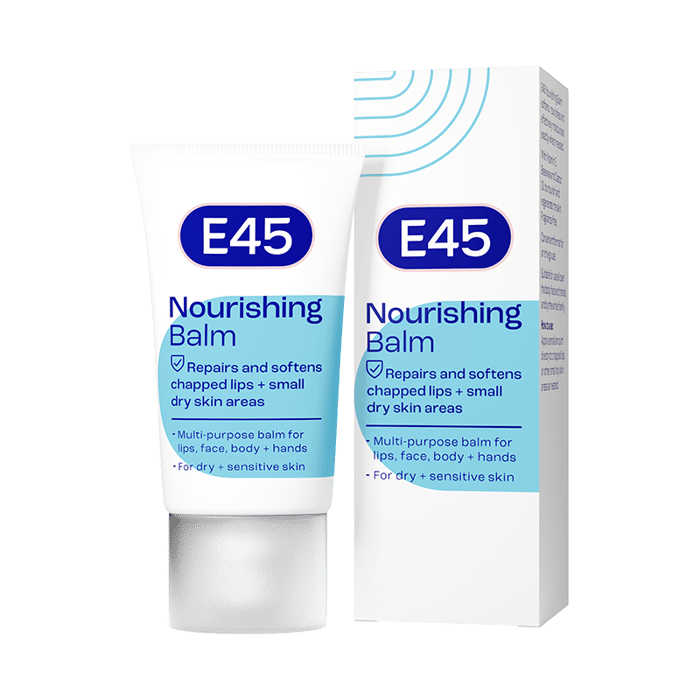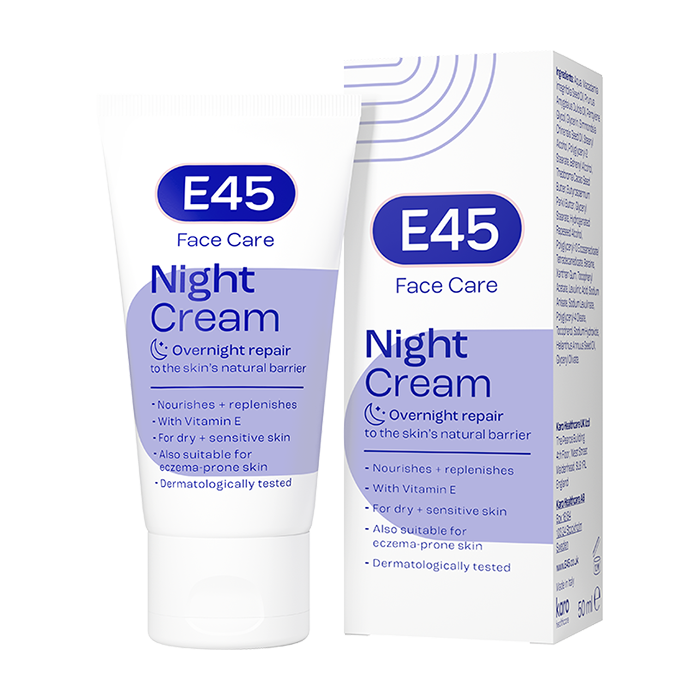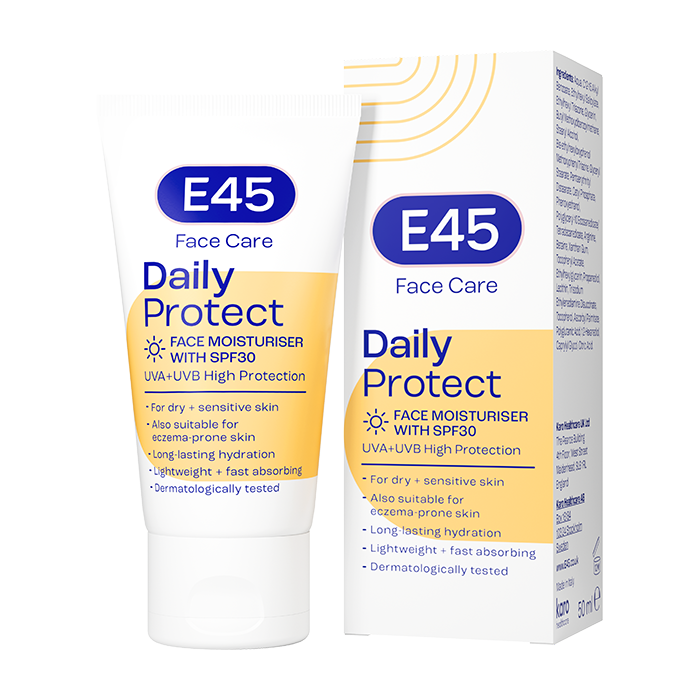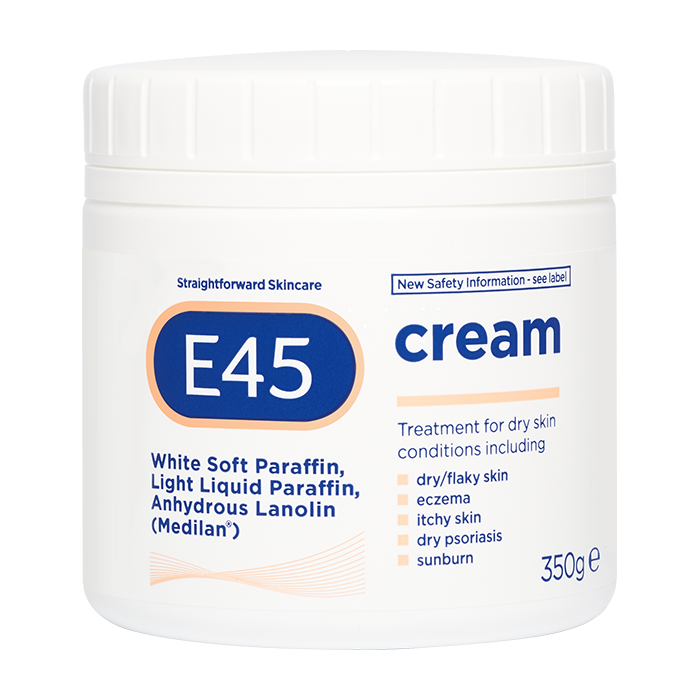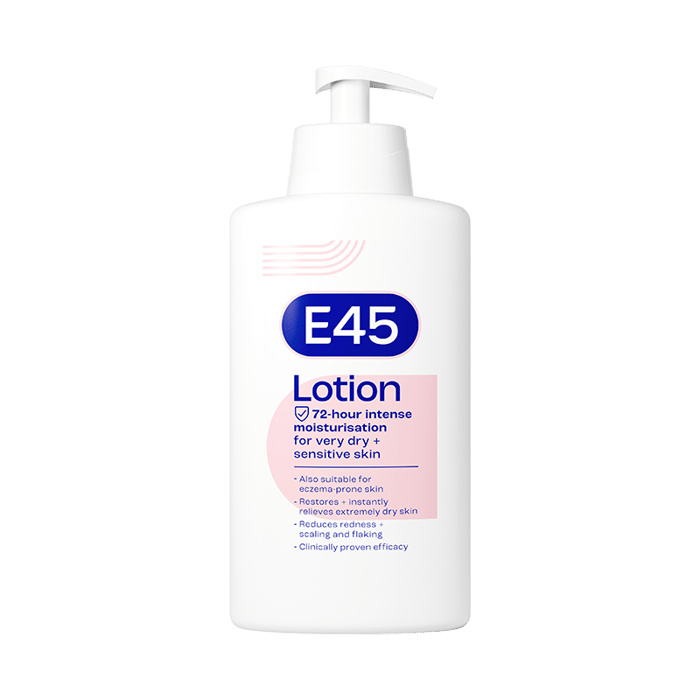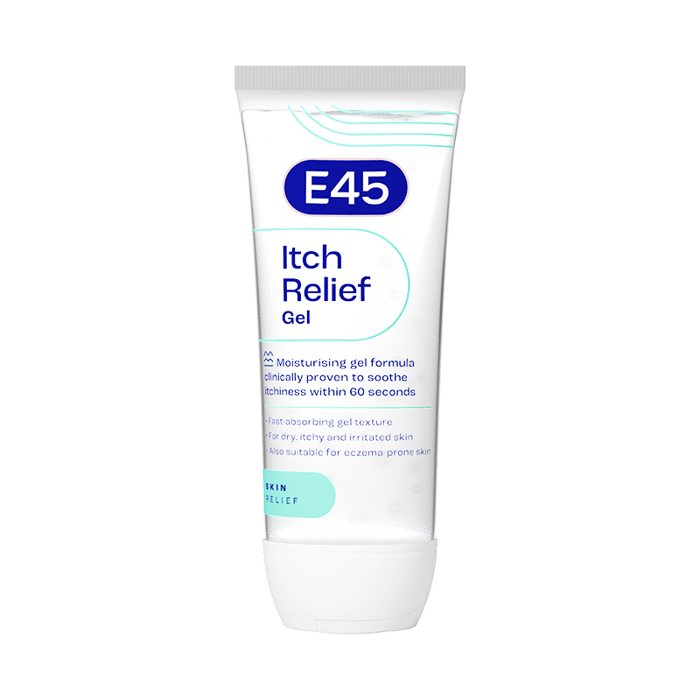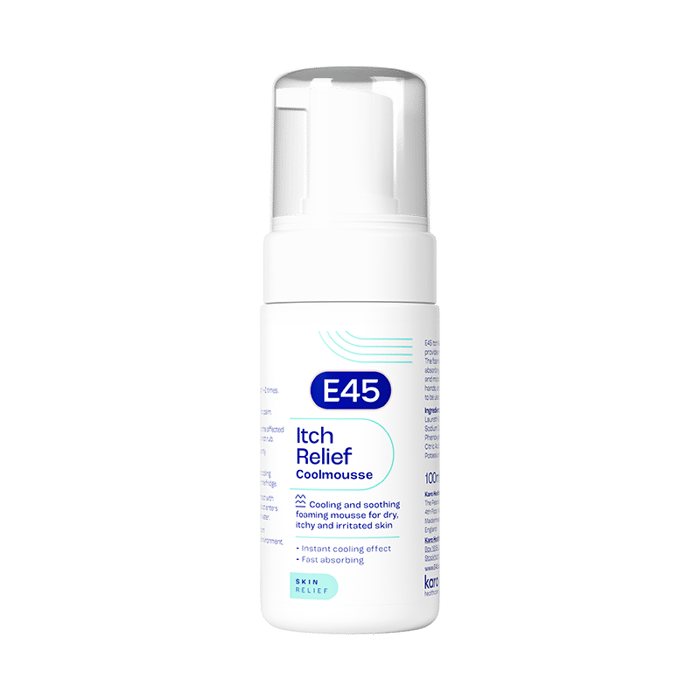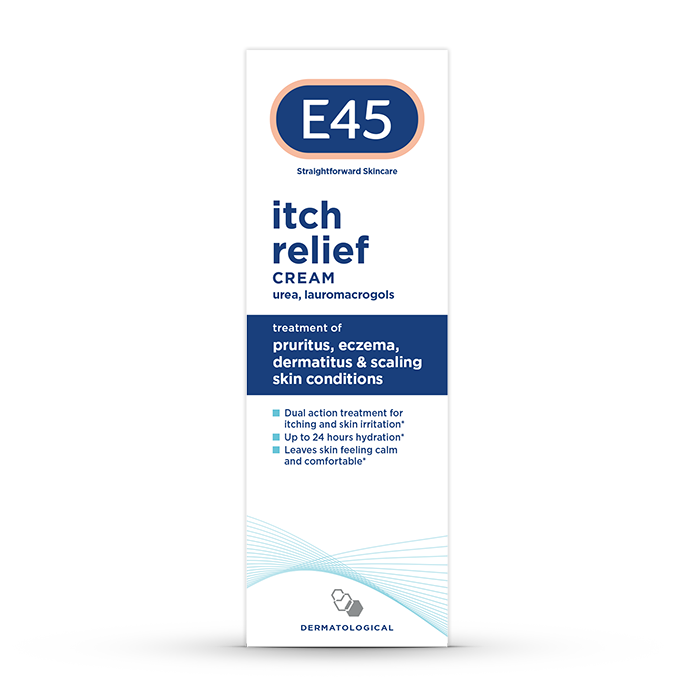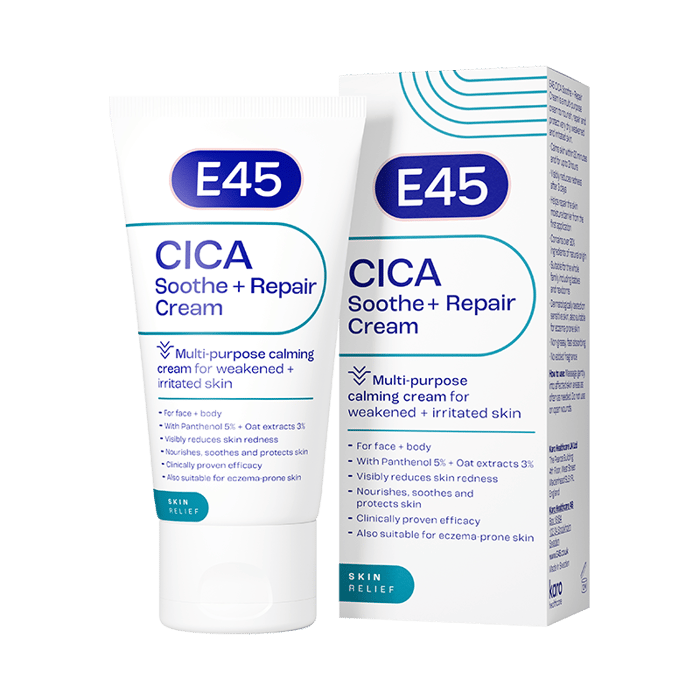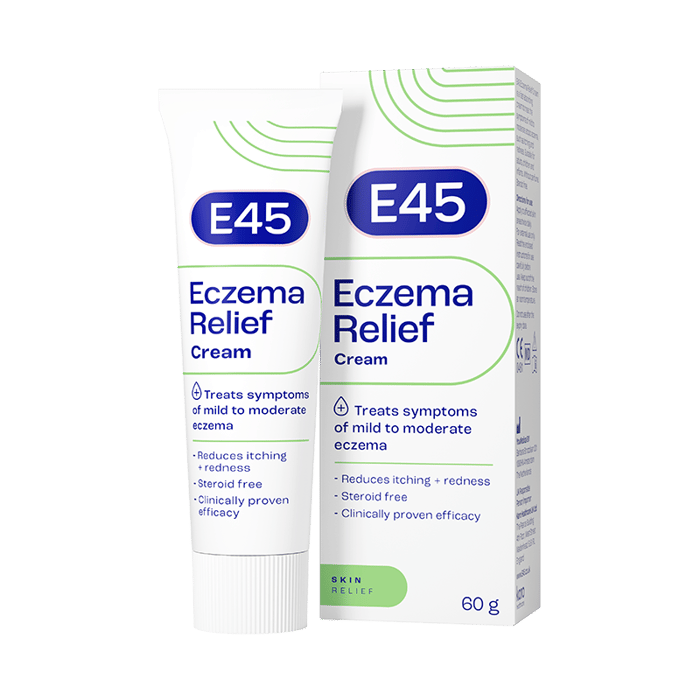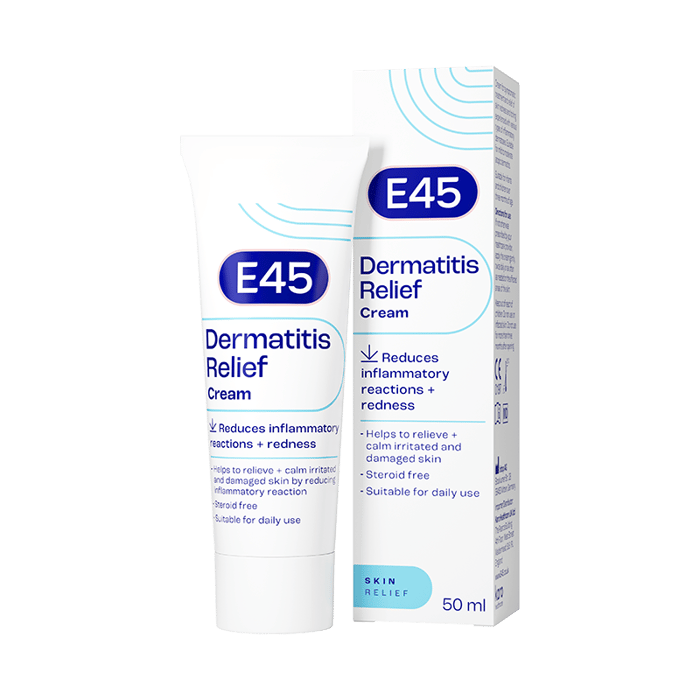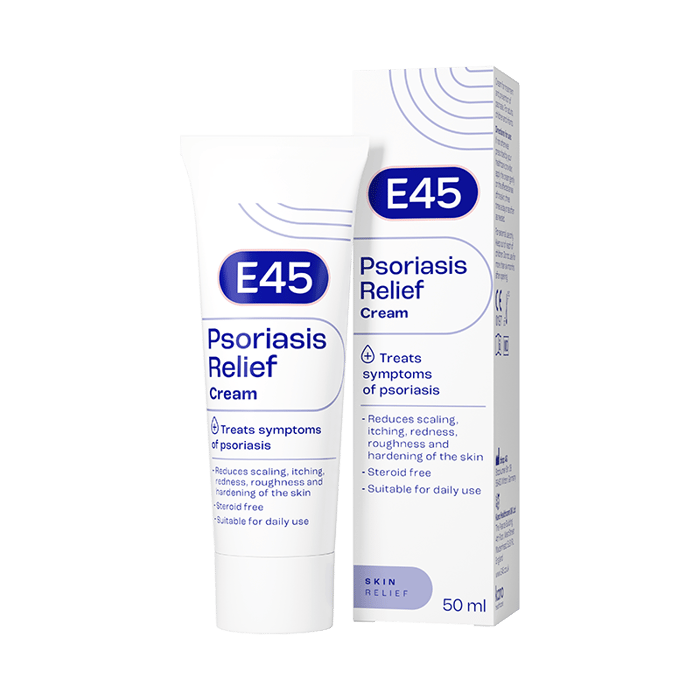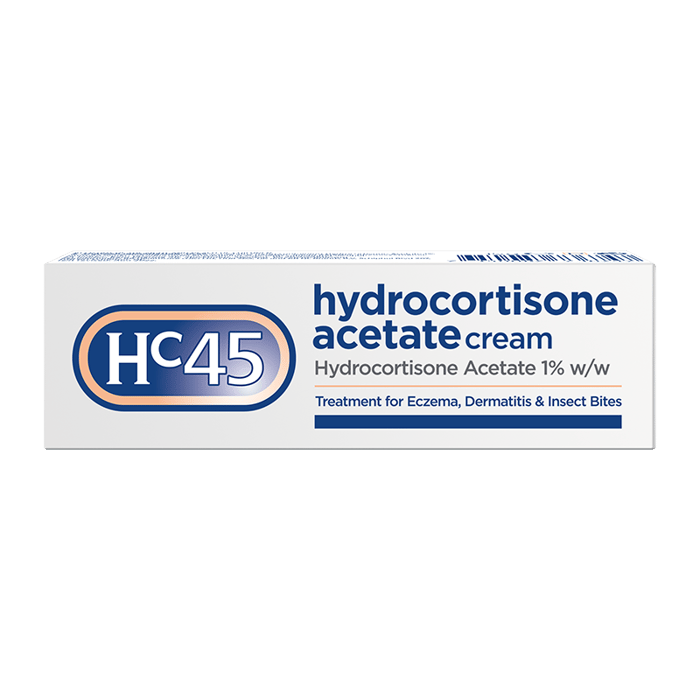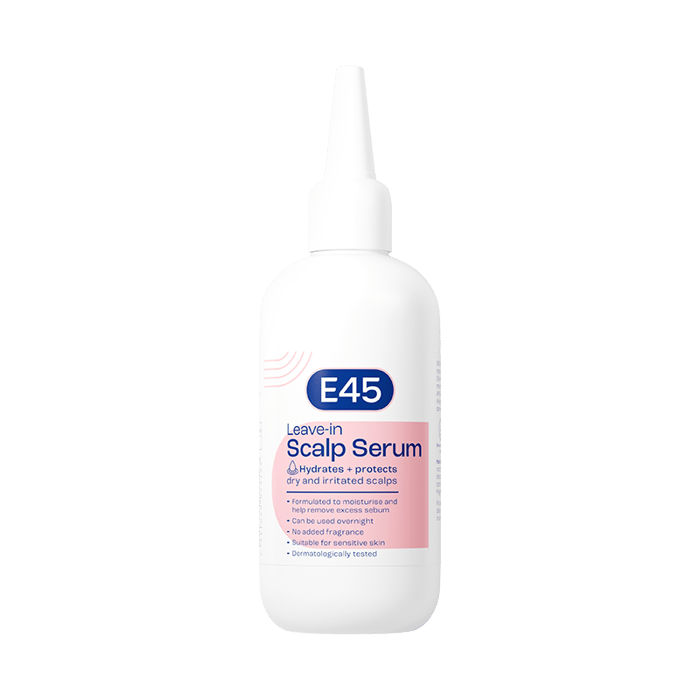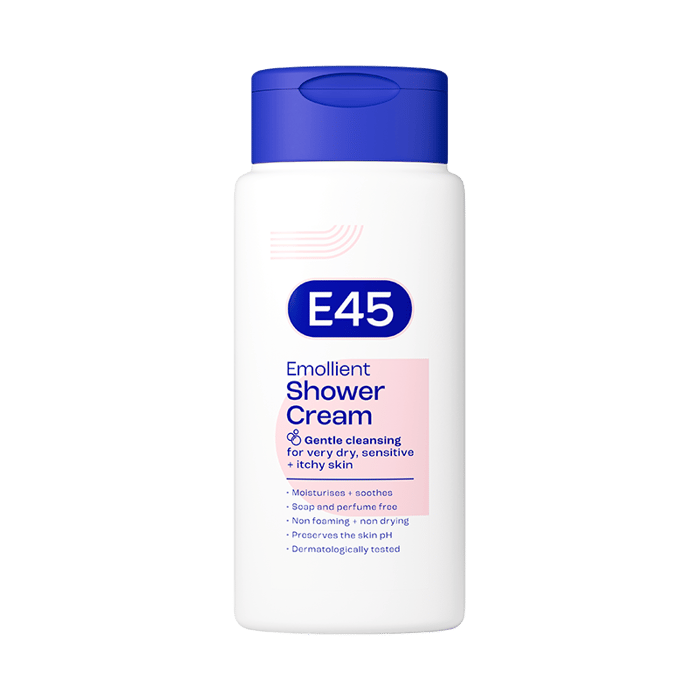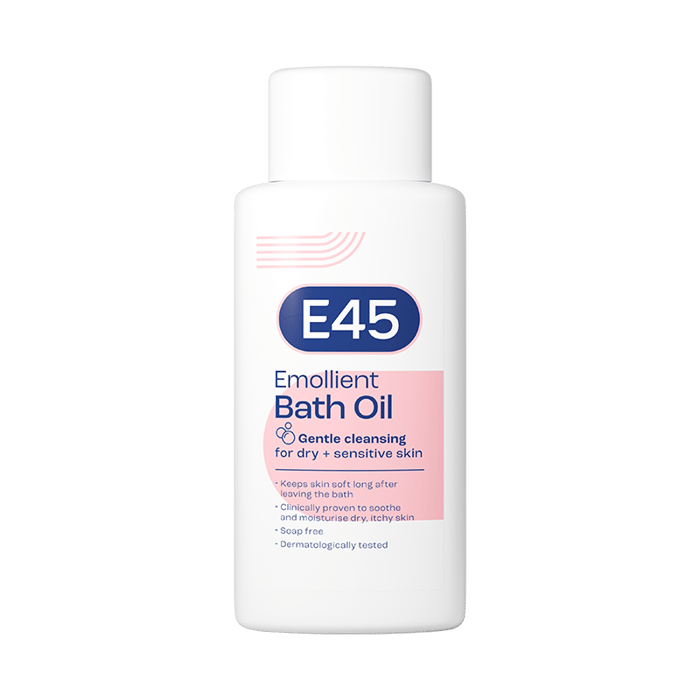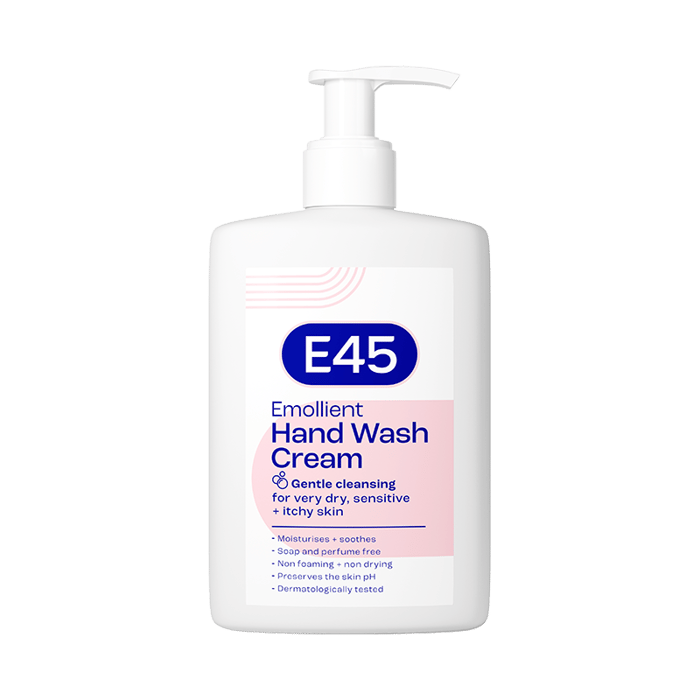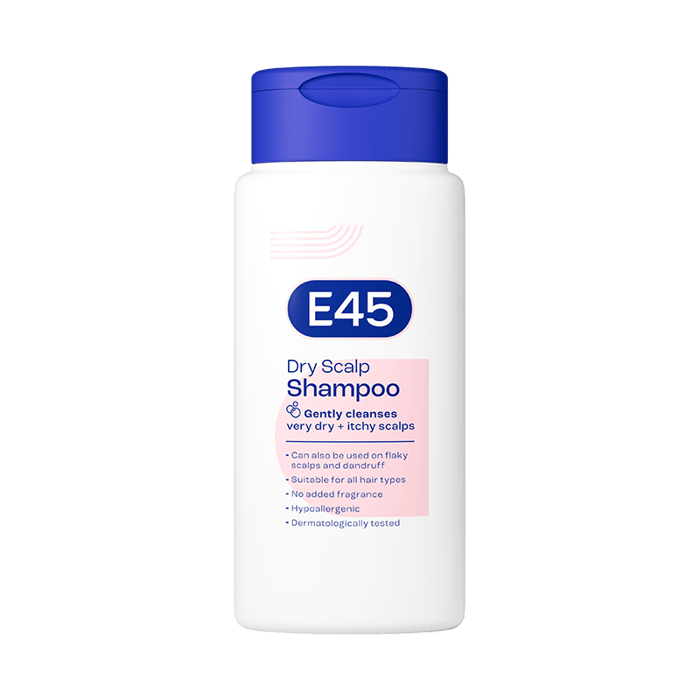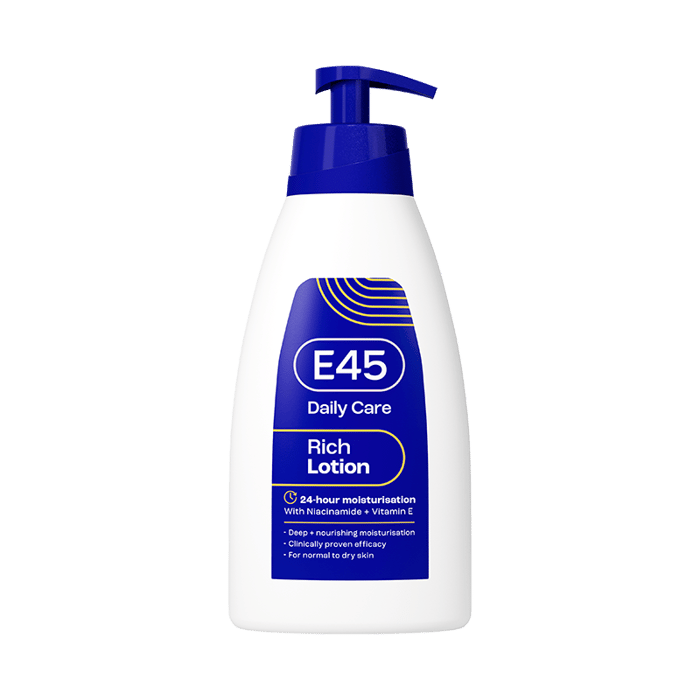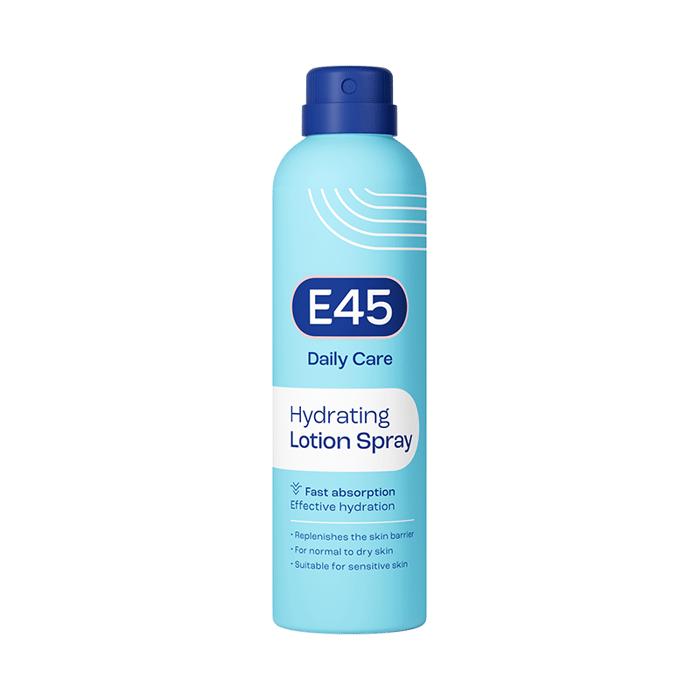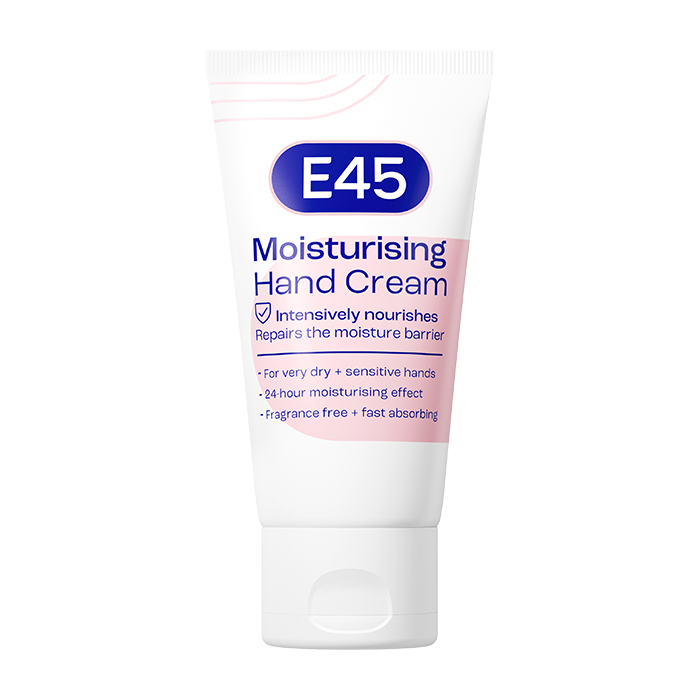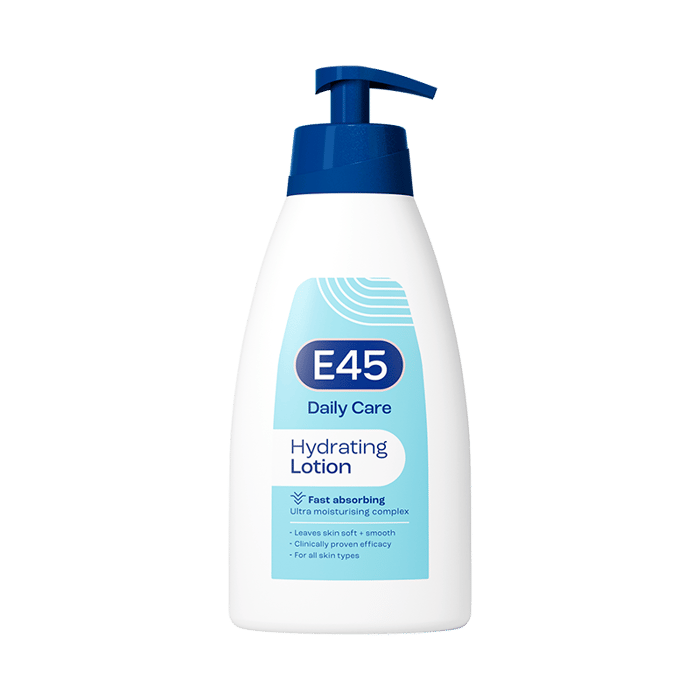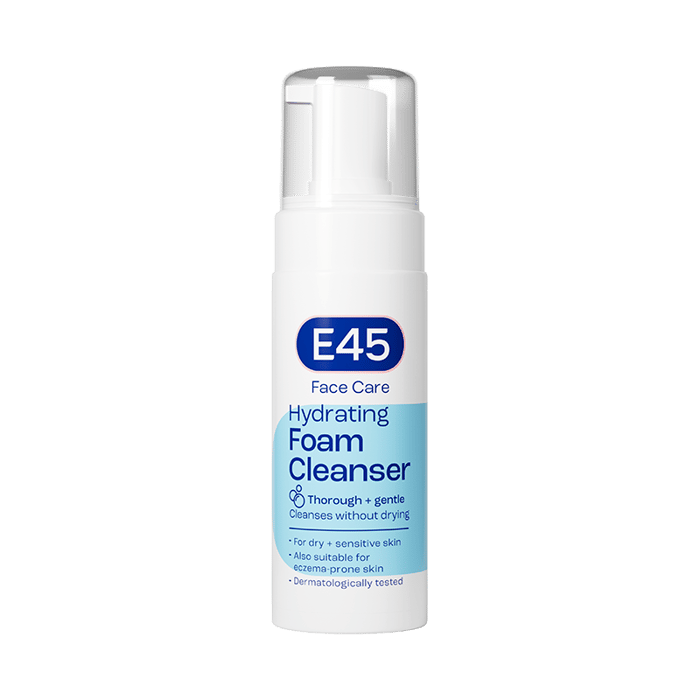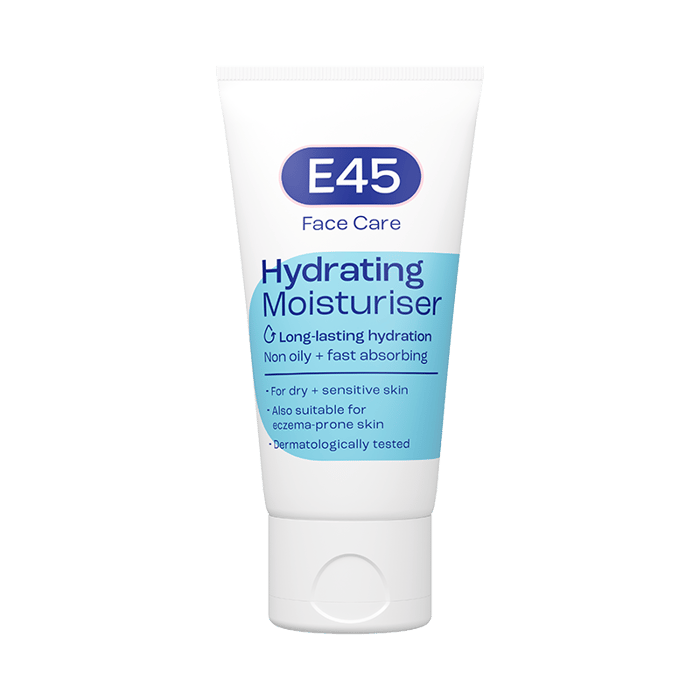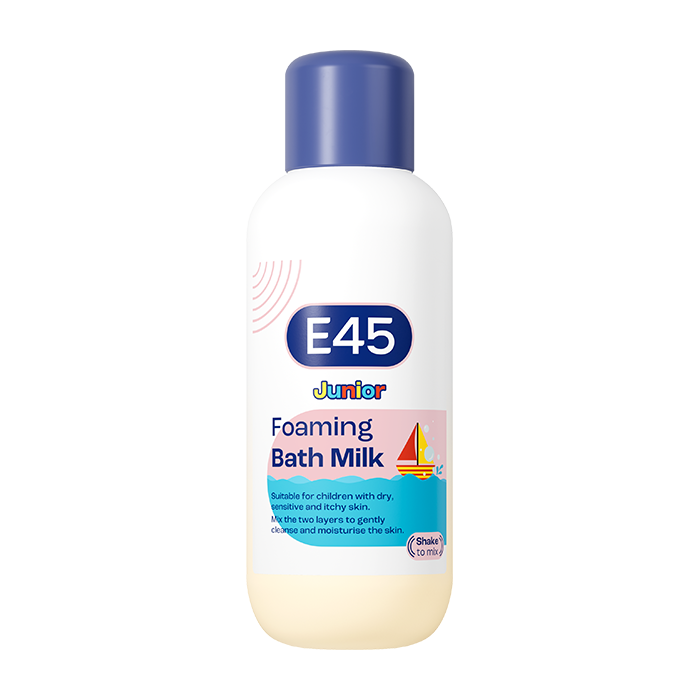Perioral Dermatitis
Do you have a scaly or red, bumpy rash around your mouth?
If this is the case, you may have perioral dermatitis. Approximately 0.5 to 1% of people in developed countries are affected (source). Episodes of perioral dermatitis can last for several weeks, or even months, and relapse is common. Fortunately, if you suffer from this skin condition, there are several options available to help alleviate your symptoms.
Read on to discover
- What is perioral dermatitis?
- Symptoms of perioral dermatitis?
- Main causes and triggers of perioral dermatitis?
- How is perioral dermatitis diagnosed?
- Is perioral dermatitis contagious?
- What is the best perioral dermatitis treatment?
- Living with perioral dermatitis?
- Conclusion
- Perioral dermatitis FAQs
What is perioral dermatitis?
Perioral dermatitis is a skin condition characterised by an inflammatory rash, predominantly occuring around the mouth. While it can be experienced by anyone, it’s most commonly seen in women aged between 15 and 45. Sometimes, this rash may extend to the nose or even the skin surrounding the eyes; referred to as periorificial dermatitis. With the right care and attention, episodes of perioral dermatitis can be managed.
Although each flare-up may persist for several weeks or even longer, understanding the condition and seeking timely treatment can lead to more comfortable and clearer skin.
Remember, you’re not alone in this, and relapses, while not uncommon, can be navigated with professional guidance.
Symptoms of perioral dermatitis?
Understanding the symptoms of perioral dermatitis is the first step towards addressing and managing the condition. Here’s what to look out for:
Red bumps around the mouth: Individuals with perioral dermatitis often exhibit red, inflamed bumps around the mouth. This is a characteristic feature of the condition.
Burning or itching sensation: You might experience itchy skin in these areas, or a mild burning sensation, causing discomfort.
Rash in the nose folds and around the eyes: Another common area impacted by perioral dermatitis is the skin around the nose and eyes. Here, one might notice reddish bumps and a slight itch.
Fluid or pus-filled bumps: In some instances, the bumps may contain clear fluid or pus, indicating inflammation.
Extension to forehead or under the chin: While less common, symptoms can also appear on the forehead or beneath the chin, presenting as similar red bumps or rashes.
It’s important to remember that these symptoms can vary from person to person. With the right care and timely intervention, many find relief and see improvements in their skin. If you recognise any of these signs, seeking guidance from a healthcare professional can help pave the way to healthier, more comfortable skin.
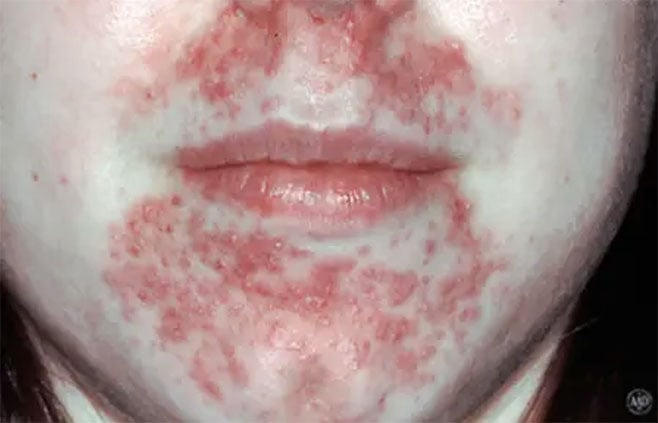
Main causes and triggers of perioral dermatitis
Although the exact cause of perioral dermatitis is unclear, there are certain factors that increase the risk of developing this skin condition. These are:
The use of steroid medication
People who use topical steroid creams on their face or inhaled steroids can be more likely to develop perioral dermatitis.
Harsh cleansers and cosmetics
Make-up, cleansers, and other cosmetic products that are applied directly to the face can sometimes cause perioral dermatitis. This is particularly likely if the products in question contain harsh chemicals or strong perfumes. You can read our guide on skincare for sensitive skin here.
Environmental factors
Environmental factors such as cold weather and exposure to UV light can make you more prone to developing perioral dermatitis.
Fluoridated products
Products that contain fluorides, such as some toothpastes and chewing gum can trigger perioral dermatitis in some people. (Source)
Bacteria and fungus
Bacteria and yeast that live on the skin and in the hair are a potential cause of perioral dermatitis.
Contraceptive pills
Oral contraceptive pills, known more commonly as birth control pills, can be responsible for outbreaks of perioral dermatitis in some women.
Diagnosing perioral dermatitis:
Proper diagnosis of problematic skin conditions is key for effective treatment. If you suspect you have perioral dermatitis, your diagnosis journey might look like this:
Skin examination by a healthcare professional: Your primary healthcare provider or a dermatologist will initiate a thorough examination of the affected skin areas.
Discussion of medical history: Delving into your medical history provides insights that can help in diagnosing the condition accurately.
Skin culture test: In instances where clarity is needed, your GP might opt for a skin culture test. This pain-free procedure involves swabbing a small section of the impacted skin, which is then sent to a lab for detailed analysis.
Possible skin biopsy: If your skin remains unresponsive to typical perioral dermatitis treatments, a skin biopsy might be recommended to get a clearer picture.
Seeking early professional guidance ensures the best approach to manage and alleviate symptoms.
Is perioral dermatitis contagious?
Perioral dermatitis is not contagious. This means it cannot be spread from one person to another through touch, sharing personal items or close contact. The red bumps and rashes associated with this condition are a result of inflammation and not due to any infectious bacteria that can be transmitted.
What is the best perioral dermatitis treatment?
There are several treatments and routine skincare products available for perioral dermatitis sufferers depending on the severity of your symptoms, which areas of the body are affected and how often you experience relapses.
Here are some examples:
Over-the-counter treatments
Ask your pharmacist about over-the-counter treatments that you can try to reduce your symptoms and lessen the number of perioral dermatitis outbreaks.
Gentle skincare products
help your skin avoid perioral dermatitis flare-ups, you should ensure your skincare and make-up products are gentle.
If you wear makeup, it can be a good idea to look for fragrance-free, light products that are less likely to irritate the skin. Avoid any make-up that contains harsh chemicals or strong scents.
Lifestyle changes
As well as medications, lifestyle and diet changes can be highly effective in the management of perioral dermatitis.
Some of the most effective diet and lifestyle changes for treating mild perioral dermatitis include:
- Limiting spicy and salty foods: These foods can irritate the skin around the mouth
- Gentle cleansing: Over-washing or scrubbing the face can irritate the skin. Stick to mild cleansers and lukewarm water.
- Cosmetic care: Avoid heavy make-up, especially products that are oil-based, and always remove make-up before bed.
- Sun protection: Wear sunscreen daily. Sun exposure can exacerbate skin conditions, including perioral dermatitis.
- Reducing stress: Chronic stress can be a trigger for many skin conditions. Try incorporating relaxation techniques like meditation, yoga, or deep breathing exercises into your routine.
- Dietary awareness: Some people find that certain foods exacerbate their symptoms. Maintaining a balanced diet and being aware of any potential food triggers can be beneficial.
- Avoiding fluoridated toothpaste: In some cases, toothpaste containing fluoride might exacerbate perioral dermatitis. Ask your pharmacist or dentist for advice on alternative options if you think this is a potential trigger for you.
- Maintaining good hygiene: Regularly clean items that come into contact with your face, like phone screens, pillowcases and makeup brushes.
- Hydration: Drinking plenty of water can help maintain skin health and reduce the risk of flare-ups.
- Limiting hormonal medications: If possible and in consultation with your doctor, consider limiting the use of oral contraceptives or hormone therapies that might trigger the condition.
Prescription medications
If you have severe perioral dermatitis, or you have not had success using a perioral dermatitis over-the-counter treatment, you can ask your GP about prescription medications.
Living with perioral dermatitis
Living with perioral dermatitis presents both emotional and physical challenges. Physically, the itching and occasional burning sensations are not just surface-level disturbances; they can impact everyday tasks, making routines like face-washing or make-up application tricky.
Emotionally, the prominence of red, inflamed bumps, especially on the face, can weigh on our self-esteem. This, combined with the trial-and-error nature of finding effective treatments, can lead to feelings of frustration. If you’re struggling with your self-esteem due to perioral dermatitis, it can be helpful to join an online forum created for people living with this condition or read blogs written by people with perioral dermatitis.
Conclusion
Perioral dermatitis, while challenging, is a condition that many face. By understanding its symptoms, causes and triggers, you can take proactive measures to manage flare-ups and improve your quality of life. By seeking professional guidance, making informed lifestyle changes and connecting with a supportive community, living with perioral dermatitis becomes more manageable.
Perioral dermatitis FAQs
What triggers perioral dermatitis?
Perioral dermatitis is often triggered by both topical and inhaled steroids. Flare-ups can also occur due to the application of make-up or the use of heavy moisturisers. Other triggers can be fluoride, sun creams and the use of hormonal birth control.
How do you get rid of perioral dermatitis?
There are several treatments for perioral dermatitis, including topical creams, antibiotics and lifestyle changes, such as not wearing make-up during flare-ups and using gentle skincare products.
What is the fastest way to cure perioral dermatitis?
The fastest way to treat perioral dermatitis is usually with antibiotics. Consult with a dermatologist or doctor for further advice.
What foods trigger perioral dermatitis?
Although there are no foods that trigger perioral dermatitis outbreaks, there are certain types of foods and drinks that can exacerbate your symptoms, including spicy foods, salty foods, hot drinks, alcohol, dairy products, tomatoes and citrus fruits.
Does perioral dermatitis go away by itself?
Perioral dermatitis can sometimes go away on its own, especially if the cause of your flare-up is the use of steroid creams and you stop using these.
How long does a perioral dermatitis flare-up last?
The length of an episode of perioral dermatitis can vary from person to person. Some people notice that their symptoms go away in as little as a week, whereas others can be affected for several months.
To reduce the duration of perioral dermatitis flare-ups, it is often a case of trial and error to see which treatment works best for you. See your GP to create a bespoke treatment plan.
What vitamins are good for perioral dermatitis?
Vitamin C, D, and E may be beneficial for perioral dermatitis as these vitamins are known for improving the appearance of the skin.

